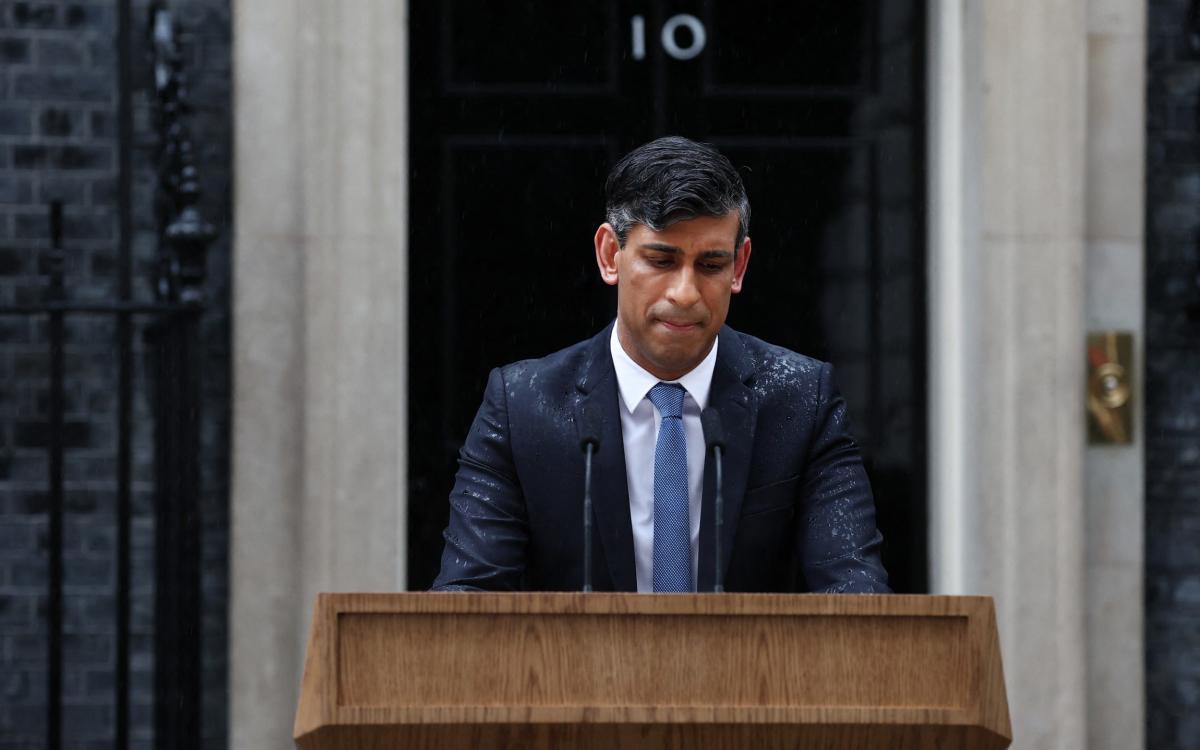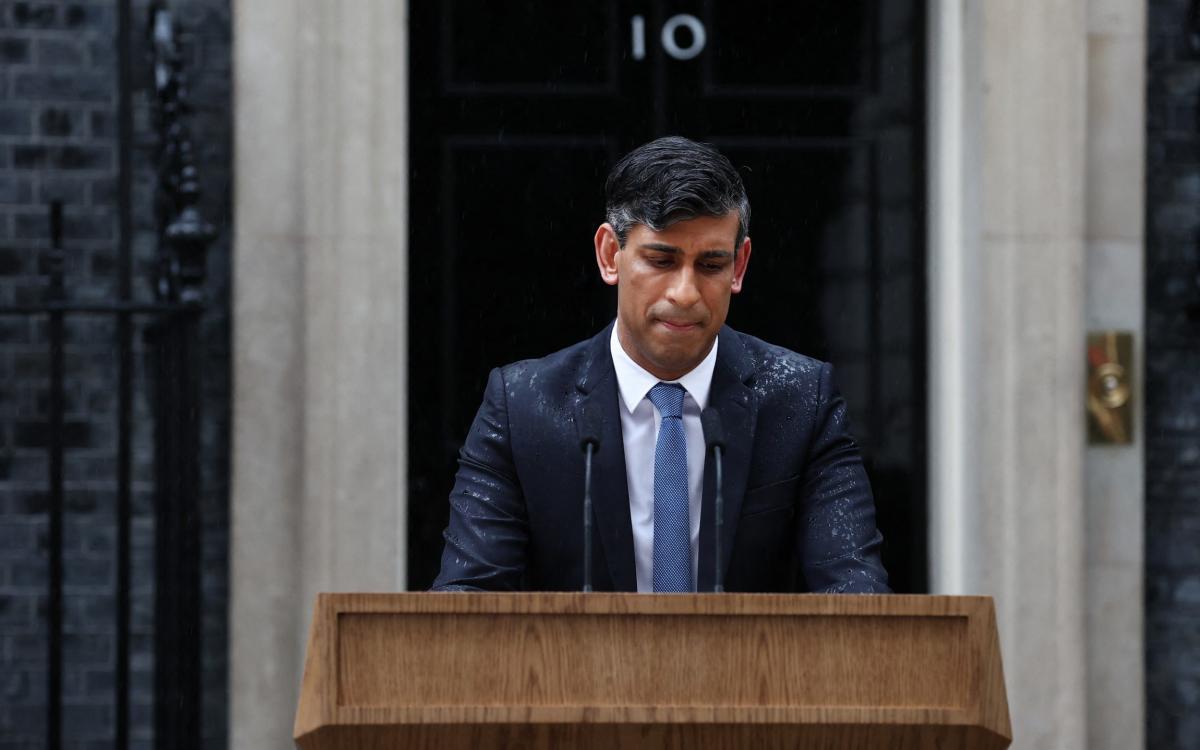
Today, even before votes have been cast, the recriminations on the right of British politics have begun. Unfortunately, there is no sign as yet that people even understand what has actually happened and why. This makes an effective response impossible.
The votes have not been counted so nothing is certain, but we can still be as sure as one can that the Conservatives are headed for a crushing defeat. Whether the MRP predictions are right and they will be reduced to fewer than 100 seats and even third place remains to be seen but the main fact is already clear. In one sense the extent of the defeat is secondary: what really matters is grasping when – and how – everything went so wrong.
The fate of the Liberals in the 1920s offers a guide and warning. It teaches us that, once a party is clearly in third place and below the critical level of 28-30 per cent of votes, it is very hard to recover. Once in that position the electoral system is merciless. The one saving point is that no other party will be where the Labour Party was by 1924, clearly in second and with over 30 per cent of the vote share. This leaves room to revive.
The question the Party and its wider ecosystem has to address is why this has happened. There is the worst election campaign ever, a true comedy of errors, but that is only an exacerbating factor. For a party to go from a decisive victory to abject defeat requires a structural explanation as well as a contingent one.
The shock of the pandemic and the response to it did not help (every government in office during Covid has so far been defeated). The mounting dysfunction of the British state and the visible ineffectuality of ministers have enraged voters. The focus of the recriminations though is on the policy and rhetoric of the outgoing government.
There are two accounts on offer. One, the party leaned too far Right with things like Rwanda and harsh rhetoric on immigration, while not actually doing anything. Two, the party leaned too far Left, by not actually doing something about immigration while not taking bold free market measures. Each suggests a different course to revival. The two are exclusive – you cannot combine them.
The problem is both accounts are right – and both are wrong. The Conservatives have alienated some voters by being too nationalistic and engaging in culture wars while alienating others by not doing enough of that and not acting rather than speaking. Going forward they will have to alienate one kind of voter to get the other lot back. The question is which to do. They cannot get both back.
The Conservative Party has not faced up to the new voter alignment in which national identity is now a primary issue. They can no longer make free markets the centre of their pitch and hope it will unite nationalists and cosmopolitans around economic liberalism. About half of the voters who like markets reject nationalism while about half of the nationalist ones reject free markets.
The two stable combinations are free markets and globalism or nationalism and state intervention. This is the choice the Party has ducked. In doing so they have alienated voters on both sides and fallen below the critical 30 per cent vote share.
The example of the Liberals shows what can happen. Unable to choose in the then new alignment between capital and labour or socialism and capitalism, they were ground down from both sides. The Conservative Party has to decide which of the two courses described it follows – or even divide. If it does not choose it will suffer the fate of the old Liberals and be replaced, sooner or later and probably sooner.
EMEA Tribune is not involved in this news article, it is taken from our partners and or from the News Agencies. Copyright and Credit go to the News Agencies, email news@emeatribune.com Follow our WhatsApp verified Channel





